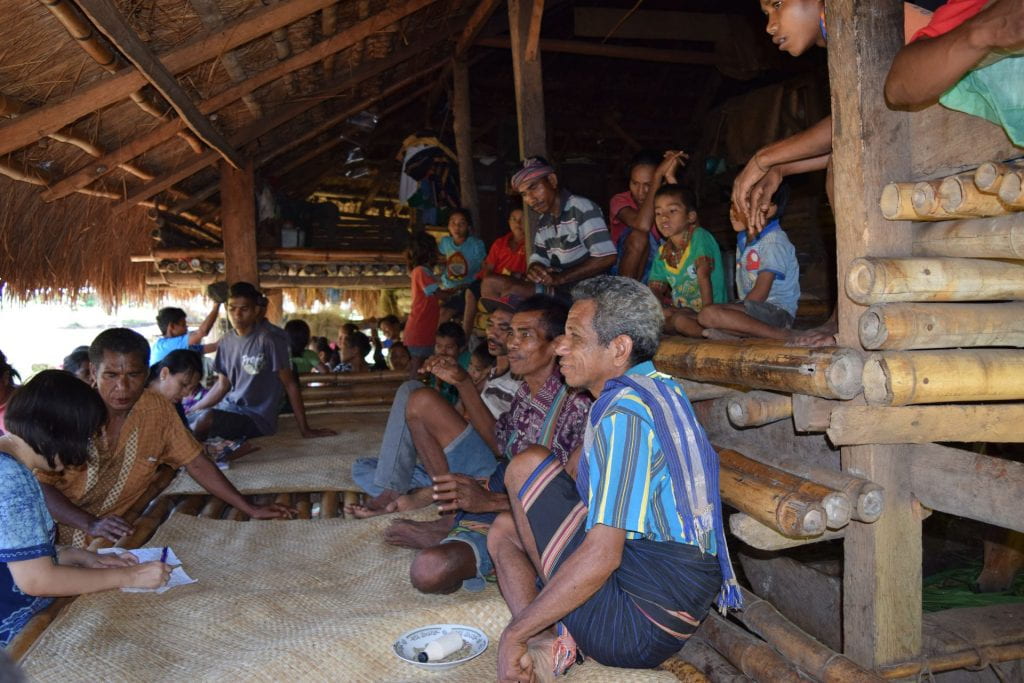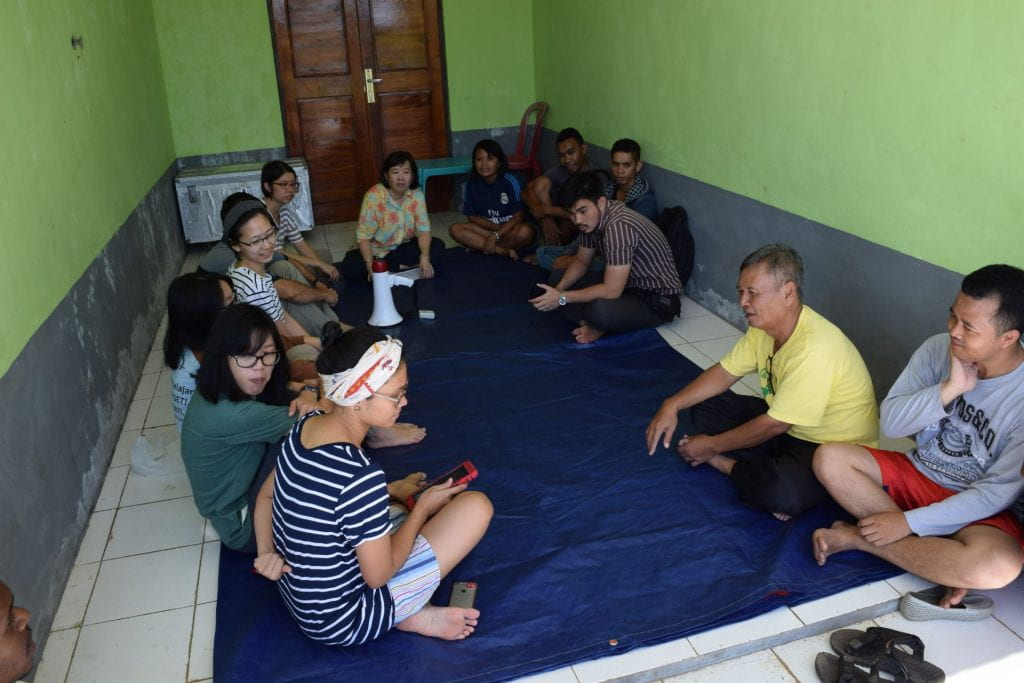Over a decade ago, Indonesia had one of the largest populations endemic for lymphatic filariasis (LF) in the world with 50% of the districts endemic for this mosquito borne disease. The country consists of 6,000 inhabited island and stretches over 3,000 miles from east to west. While some districts have eliminated LF by mass drug administration (MDA) of the entire population at risk of infection, other districts struggled. After an MDA campaign from 2006 to 2010 in Belitung district it was assumed that LF had been eliminated and it received in 2017 a certificate from the Indonesia Ministry of Health indicating it was free of the disease. Unfortunately, during post campaign surveillance, it was discovered that more than 5% of adults in several villages in the district were showing LF parasites in their blood. As a result, the Ministry of Health is seeking to determine why LF returned and will conduct two more rounds of MDA in the fall of 2022 and 2023. For this resumed MDA, triple drug treatment with ivermectin combined with DEC and albendazole (IDA) will be used that was developed a few years ago by DOLF. (Weil GJ et al., Supali T et al., Jambulingam P et al.)


The DOLF team, led by Peter Fischer, along with our partners at the University of Indonesia (In-country Lead, Taniawati Supali) and Bruyere Research Institute (Co-Investigator, Alison Krentel) will explore four closely-linked objectives to address why LF has returned to the Belitung region. First, the team will conduct an acceptability study and situational analysis with district residents to determine medication compliance and identify potential barriers from the last MDA to inform the upcoming government MDA. Second, the team will monitor and evaluate the IDA rollout via night blood testing for parasites and antibody testing prior to the first round of IDA MDA and after each of the two rounds of MDA. To optimize sampling, the team will use geospatial modeling to prioritize villages with high infection risk based on environmental data and results from the acceptability study. The third project will comprise of genomic testing of filarial parasites found in animals to see if they are a potential reservoir host. Together with Makedonka Mitreva from Washington University’s McDonnell Genome Institute, the team will compare the genomes of parasites collected from animals and from humans from the same area to determine if animals could responsible for the return of the human disease. Finally, the team will also assess the impact of the IDA MDA campaign by detecting filarial larvae in mosquitos. This strategy may have implications for future elimination efforts, as monitoring mosquito populations for presence of the parasites in vectors may be a more effective method to monitor the risk of infection.
By approaching the problem from many different angles – behavioral, targeted monitoring/testing and examining both animal reservoirs and mosquito vectors – the DOLF team seeks to provide both the Indonesian Ministry of Health and the World Health Organization with valuable data to inform other elimination programs elsewhere in Indonesia as well as throughout South-East Asia.
